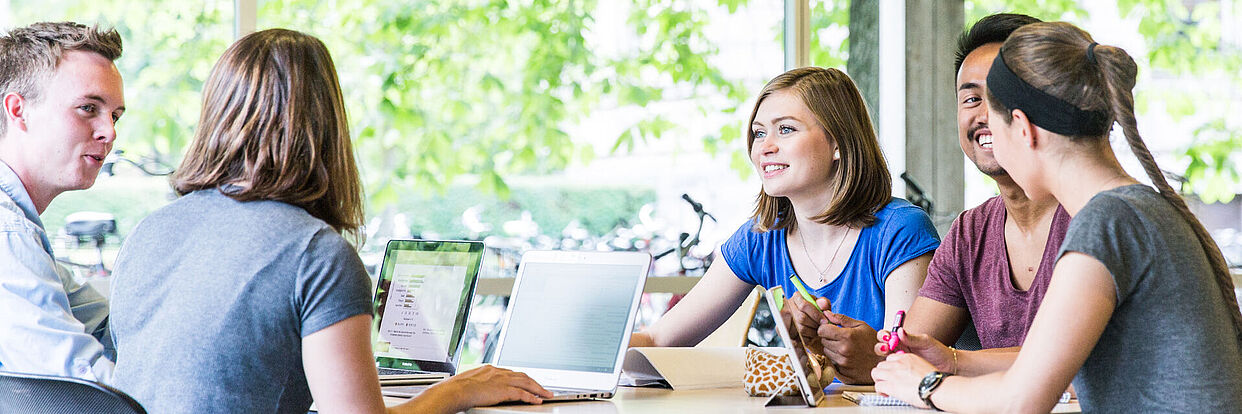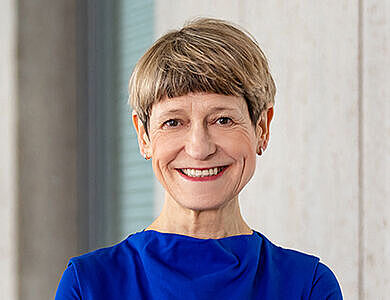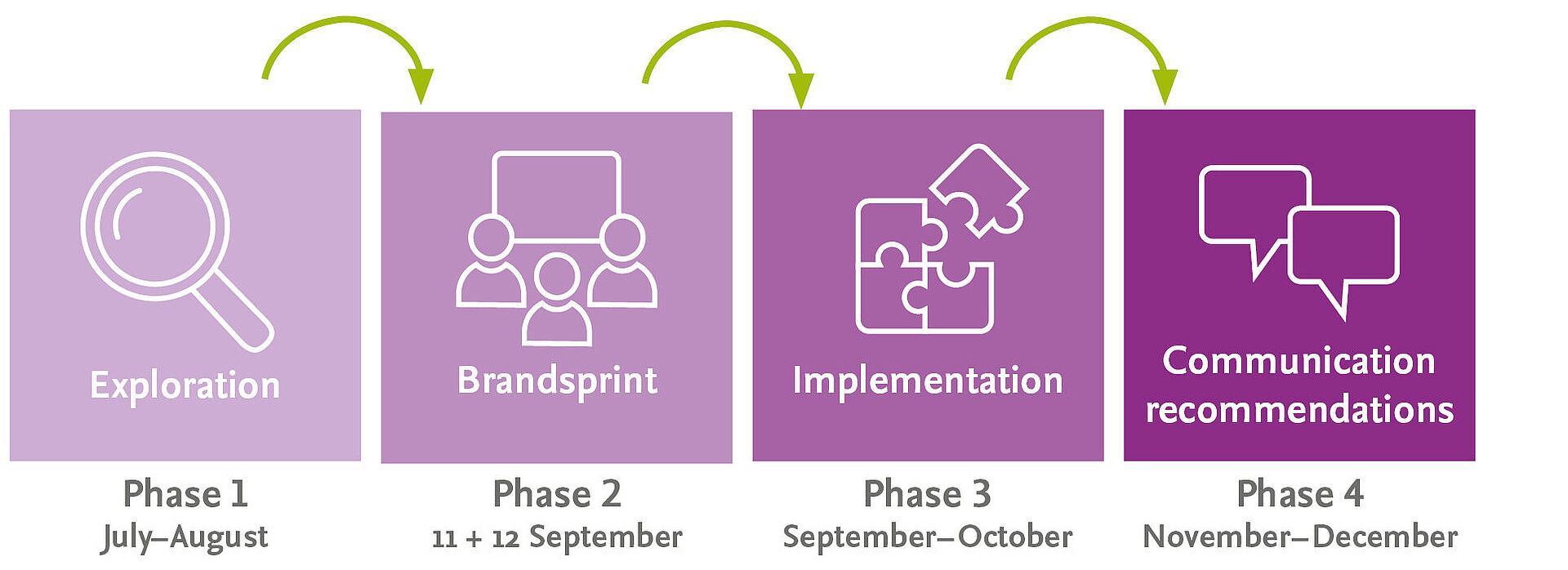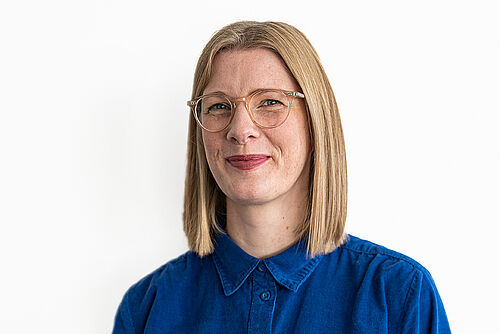
Summer 2023: We enter the first round of refreshing the TU Braunschweig brand. Many people associate the term brand development primarily with a new logo, new colours and a new design.
However, branding is much more than corporate design and you will be able to follow the ongoing process on this website. Strictly speaking, a brand does not even need a logo to be a brand.
Stay interested and curious. We welcome your support and input.
Interview on our brand adaptation process (english subtitles)
We will regularly inform you about the developments in the brand update process through various formats and events.
A brand is not something that is imposed on an organisation from the outside and thus artificially created. Rather, branding reveals the uniqueness of, say, a university from within. Branding makes it clear who you are. A brand creates identity both internally and externally and answers the following questions:
In the course of the previous University Development Initiative 2030, it became clear in many discussions that the TU Braunschweig university brand should be defined more clearly. For this reason, we have initiated an updating process for the TU Braunschweig brand and planned it as a sub-process resulting from the first HSE year. A first and very important step has already been taken: within the framework of university development, we have worked together with all faculties and the central administration to develop goals and our vision of a university of the future. In the next step, we want to use brand development to clearly emphasise our unmistakable profile as a technical university at a strong research location and combine this with modern communication.
Against the background of the many challenges and transformation processes, it is necessary to clearly formulate our self-image and thus create an orientation for everyone. Are taking a clear and comprehensive approach to this in the university development process and now want to make this visible in the process of adapting our brand. With this process, we want to present a university that communicates its values, strengths and goals in a self-confident, nationally and internationally visible way.

This means first of all asking: Is the image we have of ourselves as a university the image we want to project to the outside world at present? A clearly defined self-image provides orientation and inspiration for all members.
What defines us as a university in an ever-changing world, now and in the future? What values and constants guide our actions and communications? How do we position ourselves in the face of constantly changing variables in the education and science system? How do we address new students and potential staff?
These are the questions we will be seeking answers to with all our stakeholders as part of our brand refresh.
So the process of brand development is not primarily about creating a new logo. Who do you think of when you think of brands? - Apple, Google, VW or Mercedes? It doesn't matter whether you think of these brands or any other - they all have something crucial in common: they stand for very specific values and provide orientation in a world full of similar products. In everyday life, we unconsciously compare our own values with those of an organisation and decide on the spot whether we like that organisation or whether it seems strange.
So the question is: Why should students, scientists, professors or people working in administration and services choose TU Braunschweig?
Through a branding process, we are crystallising our most important characteristics and values, which highlight our profile in its uniqueness. To do this, we will take in, sort and prioritise large amounts of information, internal and external perceptions about our organisation. A new claim (slogan) or a new visual identity for our university may or may not emerge from this process. The aim is not to reinvent everything, but to position ourselves in today's world so that we can face the challenges of the future with a clear profile.
We are being guided through the branding process by Sumner, Groh & Compagnie, the consultancy we selected to help us with this task. They have a lot of experience in developing brands for large organisations and universities. After many discussions and looking at many different service providers, we are very confident that they are the right partner for us.
It is important to both us and the agency, that the development of the core brand is a collaborative process and that it involves diverse members of the university. This will ensure that the university can ultimately identify with the brand essence and can bring it to life.

This phase is the preparation phase for us and for the agency. In order for the agency to develop creative ideas for our brand, they need to get to know TU Braunschweig from as many perspectives and as closely as possible. In this exploration phase, we work with the agency to gather information and opinions. On the one hand, we compile materials that give an insight into TU Braunschweig and our communication, and on the other hand, we conduct a survey to capture an atmospheric picture of our students and staff.
Now it is time to roll up our sleeves: On two consecutive days, we will conduct four workshops to uncover the brand essence of TU Braunschweig and to capture the perspectives of all stakeholders on the university’s brand. In order to achieve valid results, the workshop groups will be composed of as many different members of the university as possible (internal perspective) as well as representatives from politics, business and society (external perspective).
With the insights from the first phase, the exploration, and the results of the brand sprint in phase 2, we will move on to implementation: the agency uncovers the brand values and develops the appropriate brand core. In close collaboration with the Executive Board, the results are fine-tuned until a coherent image emerges that is perfectly suited to our university.
The current appearance of TU Braunschweig will be viewed through the lens of the newly defined brand. How far does the current appearance deviate from the newly developed brand understanding of the university? The agency will compile a catalogue of recommendations for future measures. Questions like these could be addressed there: How can we change our communication to make the TU Braunschweig brand contemporary and attractive for all target groups? Where are there gaps in the presentation of our strengths? To what extent is our profile still not clear enough?

We look forward to working with you on this process and are always open to your suggestions.
Madleen Moritz